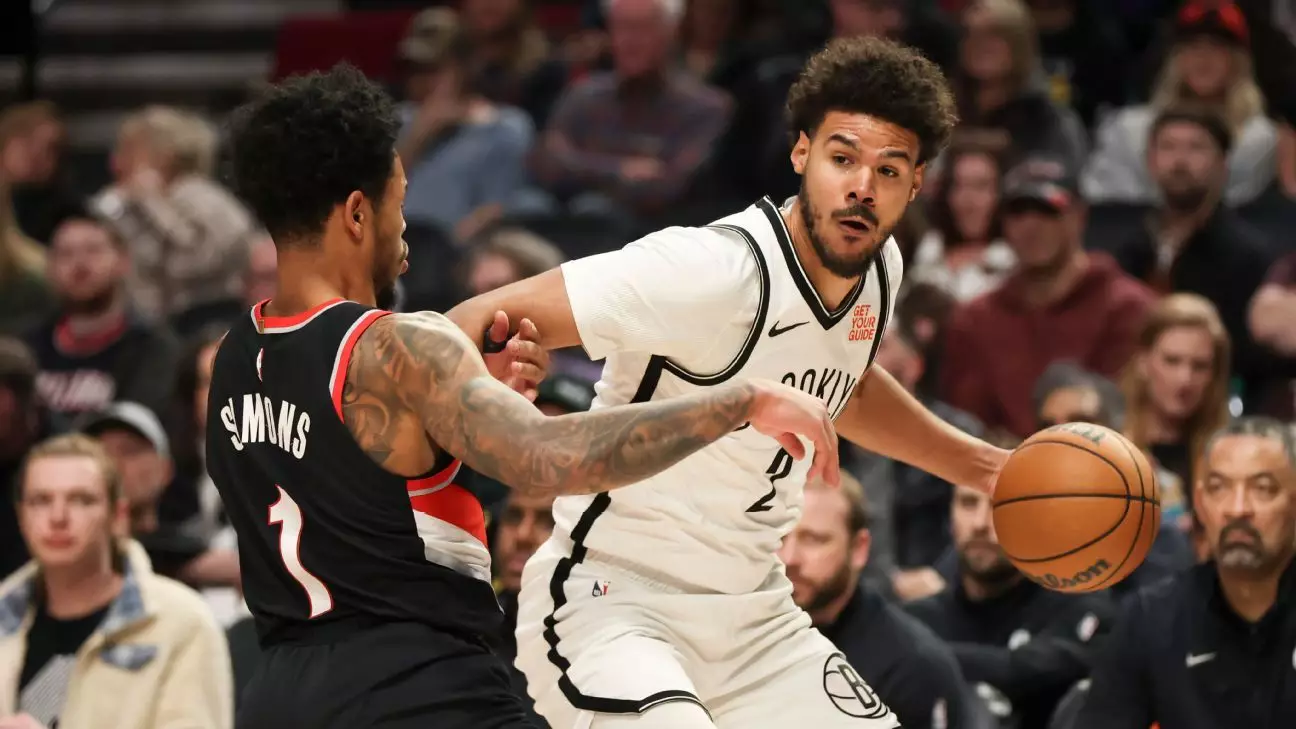The Denver Nuggets’ recent blockbuster trade involving Michael Porter Jr. and a future unprotected first-round pick in exchange for Cameron Johnson marks a bold turning point for a franchise navigating a critical transitional phase. Under the fresh leadership of Ben Tenzer and Jon Wallace, this move appears to be more than just a roster reshuffle. It signals an aggressive attempt to redefine the team’s identity beyond simply riding the coattails of reigning MVP Nikola Jokic. While this trade might be celebrated by some as a savvy financial and strategic maneuver, its underlying risks expose the Nuggets’ management to scrutiny.
Weighing Potential vs. Proven Performance
Michael Porter Jr. is no ordinary player. With averages of 18.2 points and seven rebounds per game last season, he was integral to Denver’s championship, showcasing a remarkable ability as a sharpshooter with a 40% three-point shooting rate. His potential ceiling remains tantalizingly high, though injuries have stunted consistent development. Parting with Porter, a homegrown talent with a large and expensive contract, while shedding nearly $40 million in the short term, might make financial sense. Yet, it also involves gambling away a proven contributor who fits naturally in the existing core around Jokic and Jamal Murray.
Cameron Johnson, by contrast, brings fresh energy and a breakout scoring touch in his sixth NBA year, shooting 39% from deep and contributing 18.8 points on average. However, Johnson’s production, although impressive, emerges primarily from a role-player standpoint rather than a franchise cornerstone. Denver’s decision to trade significant draft capital along with Porter for Johnson suggests a prioritization of versatility and cap flexibility over long-term developmental upside.
The Strategic Return to Familiar Territory
In an intriguing yet somewhat contradictory follow-up, the Nuggets swiftly re-signed Bruce Brown, a key vet from their 2023 title run, at the veteran’s minimum. Brown’s locker room presence and defensive versatility make him the kind of glue player essential for championship contenders. This move fits a centrist, pragmatic blueprint: maintain a solid culture and leadership core while experimenting aggressively elsewhere.
This dual approach—risking an expensive, high-potential player for a slightly cheaper, versatile forward while anchoring the roster with familiar experience—reflects the Nuggets’ attempt to balance innovation with stability. However, it also underscores the front office’s delicate juggling act, and whether this blend will create sustained success or instability remains uncertain.
Coaching Instability and Organizational Tensions
Denver’s recent coaching turbulence—firing Michael Malone and GM Calvin Booth late in the season before elevating David Adelman—is another layer of complexity feeding into this narrative. This rapid organizational restructuring highlights unease within the franchise and a willingness to shake up long-standing dynamics in search of a spark. While Adelman deserves credit for guiding the team deeper into the playoffs than expected, the transitional turbulence raises questions about long-term vision and consistency.
All in all, the Nuggets’ front office has made a calculated aggressive move that may redefine their trajectory—but one cannot help but wonder if it’s a savvy calculated risk or a gamble that could unravel. In today’s NBA, blending cap management, player potential, and team chemistry requires an almost surgical precision; whether Denver’s new leadership possesses that remains to be seen.


Leave a Reply